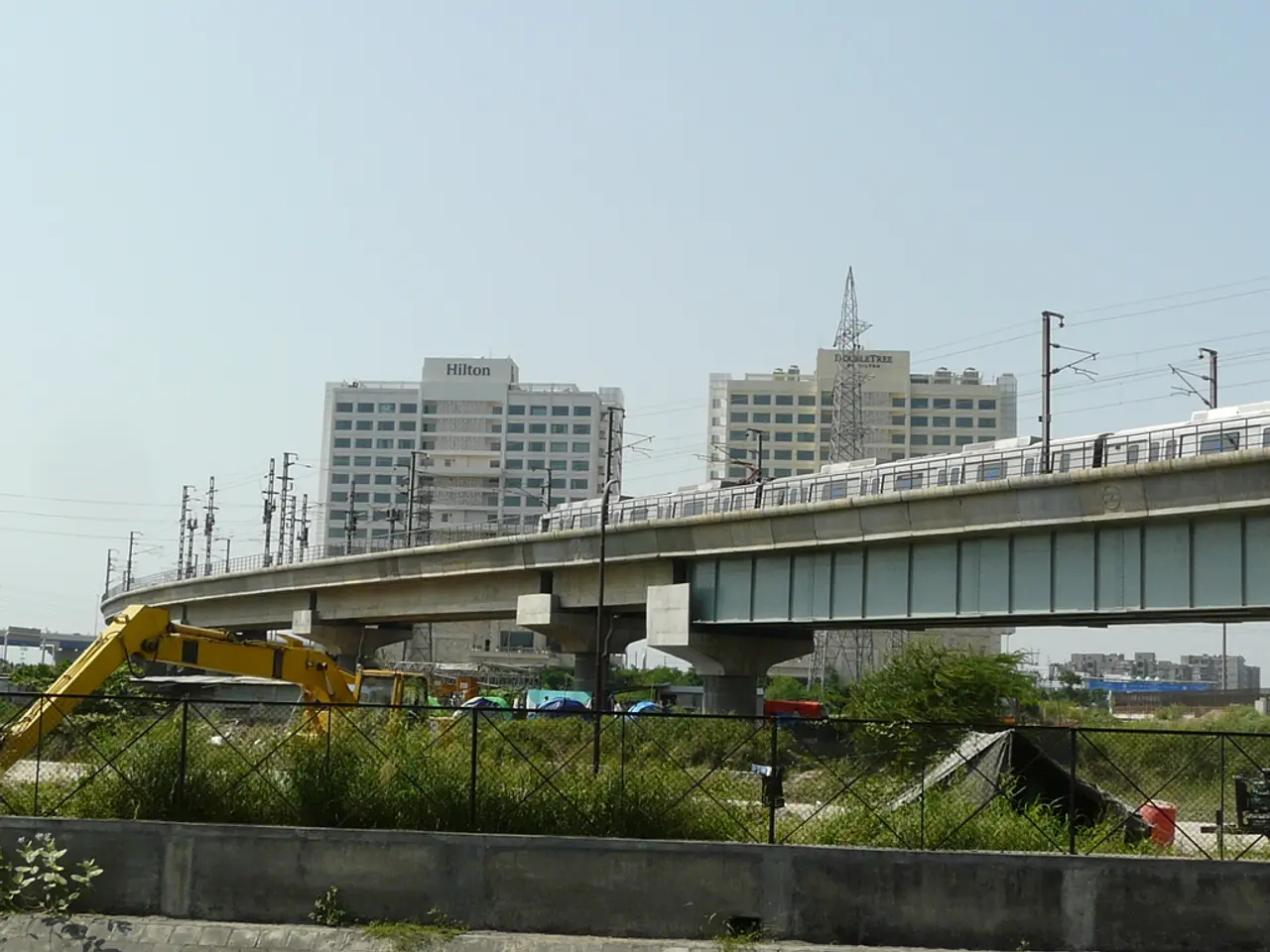Streamlining Cross-Border Work for Sweden and Denmark: Simplifying Work Life for Commuters Between the Two Countries
The Øresund Bridge, connecting Denmark and Sweden, is one of the most expensive bridge crossings per kilometer in the world, with a single car crossing costing around 510 Danish kroner (~£58) or 750 Swedish kronor. This high toll price is primarily due to the large construction costs and related debts that need to be repaid without taxpayer funding.
Despite the financial burden on cross-border commuters, these workers contribute significantly to the economy of the country they work in without using public services. To make the crossing more affordable, potential approaches have been proposed, including expanding or improving discounted programs, subsidies or financial support for commuters, alternative transportation incentives, and technological solutions.
One solution is to broaden the eligibility or lower the cost of the Oresund Go program, which currently offers half-fare rates to frequent users for about $87 per year. Another option is for the governments of Denmark and Sweden to consider subsidizing tolls for cross-border workers, as a means to encourage economic integration and reduce individual costs.
Improving and promoting public transport options, or offering combined tickets, could also lessen reliance on costly car crossings. Rail journeys between Copenhagen and Malmö are significantly cheaper, costing around £13 one way. Technological solutions, such as the eTOLLs EU app, could streamline toll payments and offer tailored discounts or trip planning that helps users minimize toll expenses by efficient routing or timing.
However, completely eliminating or sharply lowering tolls without alternative financing might not be feasible in the short term. A legal constraint keeps the bridge prices competitive with the Helsingborg-Helsingør ferry connection, which costs under 100 Swedish kronor (66 kroner) for a pedestrian and under 500 kronor (340 kroner) for a car.
Border checks in Hyllie, Sweden, add approximately ten minutes to the train travel time from Denmark to Sweden. Political discussions over funding have stalled the construction of new infrastructure connections between Sweden and Denmark, which could potentially provide alternative, less expensive routes.
Cross-border workers face various challenges, including navigating two countries' rules for pensions, unions, unemployment insurance, and parental leave. They also face issues with accessing eID services in both Sweden and Denmark. Non-EU citizens who want to work in Denmark and live in Sweden need both a residence permit for Sweden and a work permit for Denmark.
Despite these challenges, the Øresund Bridge plays a crucial role in connecting the two countries, and a new Oresund connection could protect this connection in case of bridge damage or closure. Moreover, Denmark is in need of foreign labor, and Skåne, the region surrounding Malmö, has high unemployment. A new Oresund connection could increase collaboration and integration across both sides of the Oresund.
In the realm of potential solutions to alleviate the financial burden on cross-border commuters, the expansion or improvement of the Oresund Go program's eligibility or cost may provide more affordable crossings for frequent users. Additionally, political discussions on funding could lead to the construction of new infrastructure connections, offering alternative, less costly routes for travelers. This could help enhance economic integration, strengthen collaboration, and further connect the two countries.
Despite the ongoing challenges for cross-border workers, such as navigating pension, union, and employment laws in both countries, there is a growing need for foreign labor in Denmark, with high unemployment in the Skåne region of Sweden. A new Oresund connection could address these issues, increasing collaboration and integration across both sides of the border.




